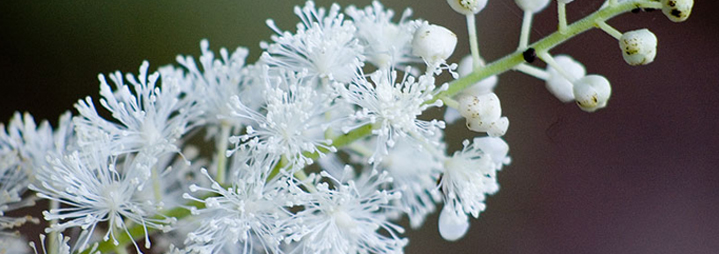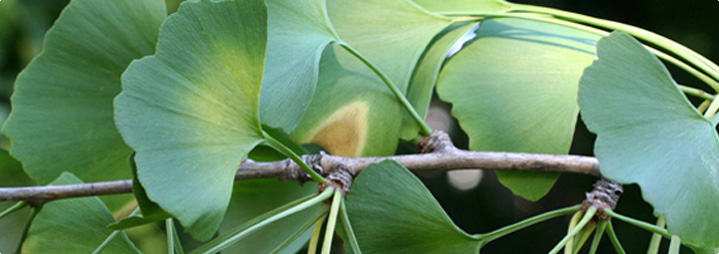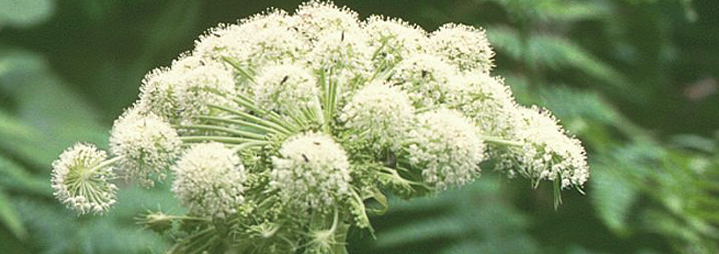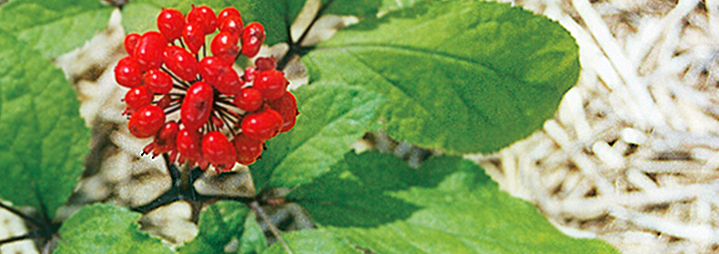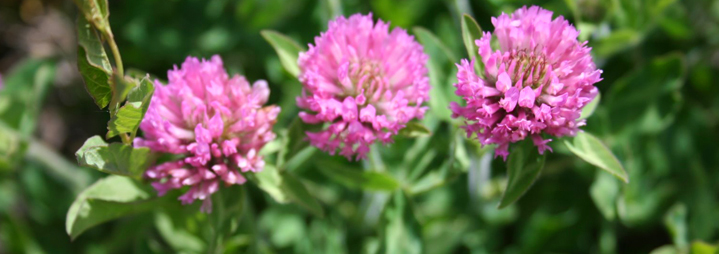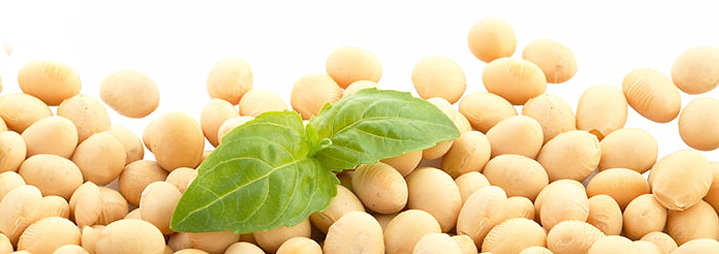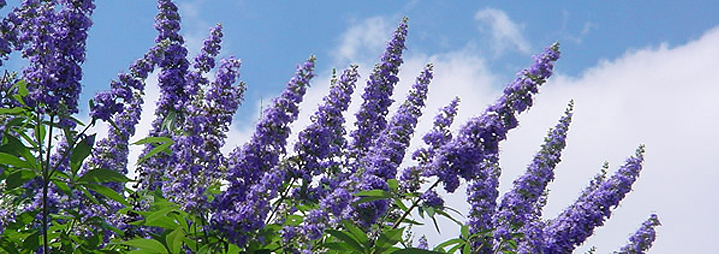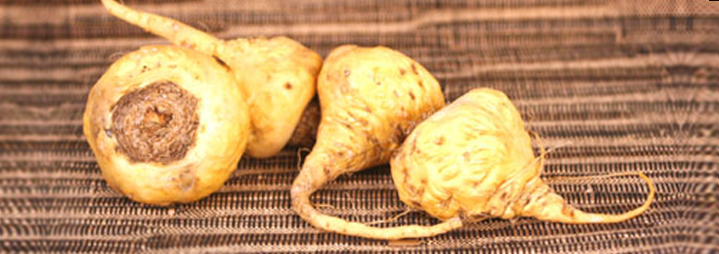Phytoestrogen: How Much is Too Much?
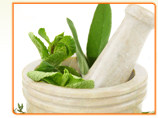 Phytoestrogens, also called dietary estrogens, are plant-derived xenoestrogens that function as the primary female sex hormone. They are not generated within the endocrine system, but by eating phytoestrogenic plants. They are a diverse group of naturally occurring nonsteroidal plant compounds that have the ability to cause estrogenic or antiestrogenic effects.
Phytoestrogens, also called dietary estrogens, are plant-derived xenoestrogens that function as the primary female sex hormone. They are not generated within the endocrine system, but by eating phytoestrogenic plants. They are a diverse group of naturally occurring nonsteroidal plant compounds that have the ability to cause estrogenic or antiestrogenic effects.
The name comes from the Greek word ‘phyto’, meaning ‘plant’, and ‘estrogen’, the hormone in female mammals.
What Can They Do?
It was first observed in the 1940s that red clover, a phytoestrogen-rich plant, had effects on the fertility of sheep. Since then, phytoestrogens have been used by women to treat signs of menopause. Evidence shows that phytoestrogens may be able to protect against many health disorders including breast, bowel and other cancers, cardiovascular disease, brain function disorders and osteoporosis. Because of the similarities, at a molecular level, phytoestrogens are able to mimic estrogen. But there are conflicting results about the safety of females currently or previously suffering from breast cancer using phytoestrogen – some studies show higher risks of potential tumor growth. Tumor growth can be caused because phytoestrogens can stimulate the growth of estrogen receptor cells. Other studies show that women with breast cancer should enjoy soy estrogen because it may decrease mortality and recurrence rates.
How To Get Phytoestrogens?
Exposure to phtoestrogens comes mainly through diet. This plant compound is widespread and can be found in a variety of foods such as herbs and seasonings, grains, vegetables, fruits and drinks. Some specific examples include:
 . Garlic and parsley
. Garlic and parsley
. Soy beans, wheat and rice
. Beans, carrots and potatoes
. Dates, pomegranates, cherries and apples
. Coffee
Are Phytoestrogens Right For Me?
With so much conflicting information out there it can be hard to know if phytoestrogens will hurt you or help you fight the battle against menopause and other health issues. But what many experts say is that it is all about moderation. As with anything, it can be dangerous to consume phytoestrogens in excess, but when used in moderation, phytoestrogens can offer many health benefits. Of course, if you are thinking about how phytoestrogens can help change your life, you should consult your doctor before changing your diet and lifestyle.
It can be difficult to know what foods, herbs and natural remedies will help you fight signs of menopause. If you want to learn more, click on the following link to learn more about other herbs for menopause.









